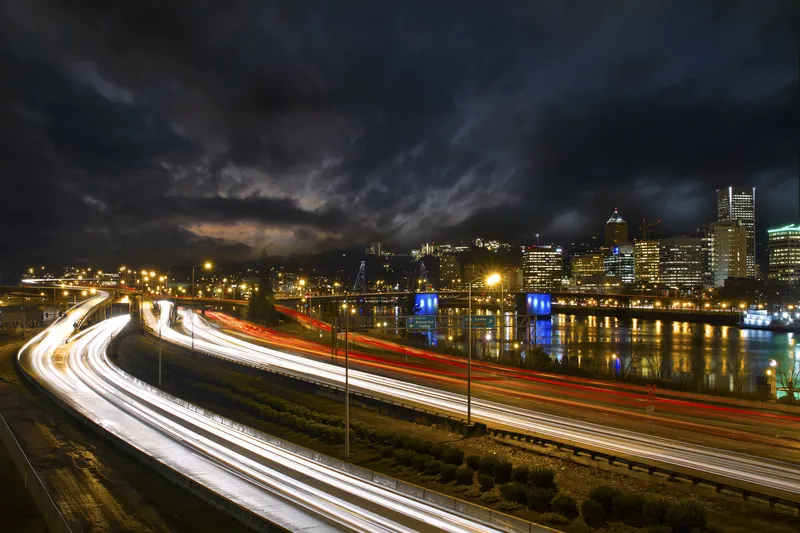
Transurban has introduced 'pacemaker' lighting - a green band of moving light - for drivers in Melbourne's Burnley Tunnel in a bid to help improve traffic flow across the Australian city's road network.
Part of a makeover for the tunnel, the pacemaker lights are designed to help drivers maintain a consistent speed: the lighting system is fully dynamic, with the speed of the lights dependent on the speed of vehicles at various points throughout the tunnel.
The lights act as a visual cue in drivers' peripheral vision to maintain a consistent speed. - particularly as they travel uphill towards the exit.
"The Burnley Tunnel is much steeper and deeper than people realise, with drivers descending some 65m below the Yarra River, then back up again as they exit the tunnel," the company says in a statement.
"This causes drivers to exit the tunnel at a lower speed than they entered, causing a backlog of congestion. So it can be common that there’s a hold up in the Burnley Tunnel even when there’s no incident."
While most drivers enter the Burnley Tunnel at the 80km/h speed limit, they are exiting about 60km/h, not noticing their speed has dropped as they climb the slope on the way out.
Transurban says the lights will never move faster than the tunnel speed limit of 80km/h, and will be switched off during any incident.
The West Gate Freeway to Burnley Tunnel is one of the busiest stretches of road in Australia and Transurban says: "There’s always going to be some level of congestion in the tunnel during peak times."
"There is no silver bullet to eliminating congestion along this busy stretch of road, and this is about making drivers aware of the slope in the tunnel, that they may be losing speed on the uphill and providing a visual cue in their peripheral vision through the pacemaker lights to remind them to maintain a consistent speed."
The company says it is "constantly reviewing the data and fine-tuning the technology to see how these lights can continue to give us the enhancements we’re looking for".








